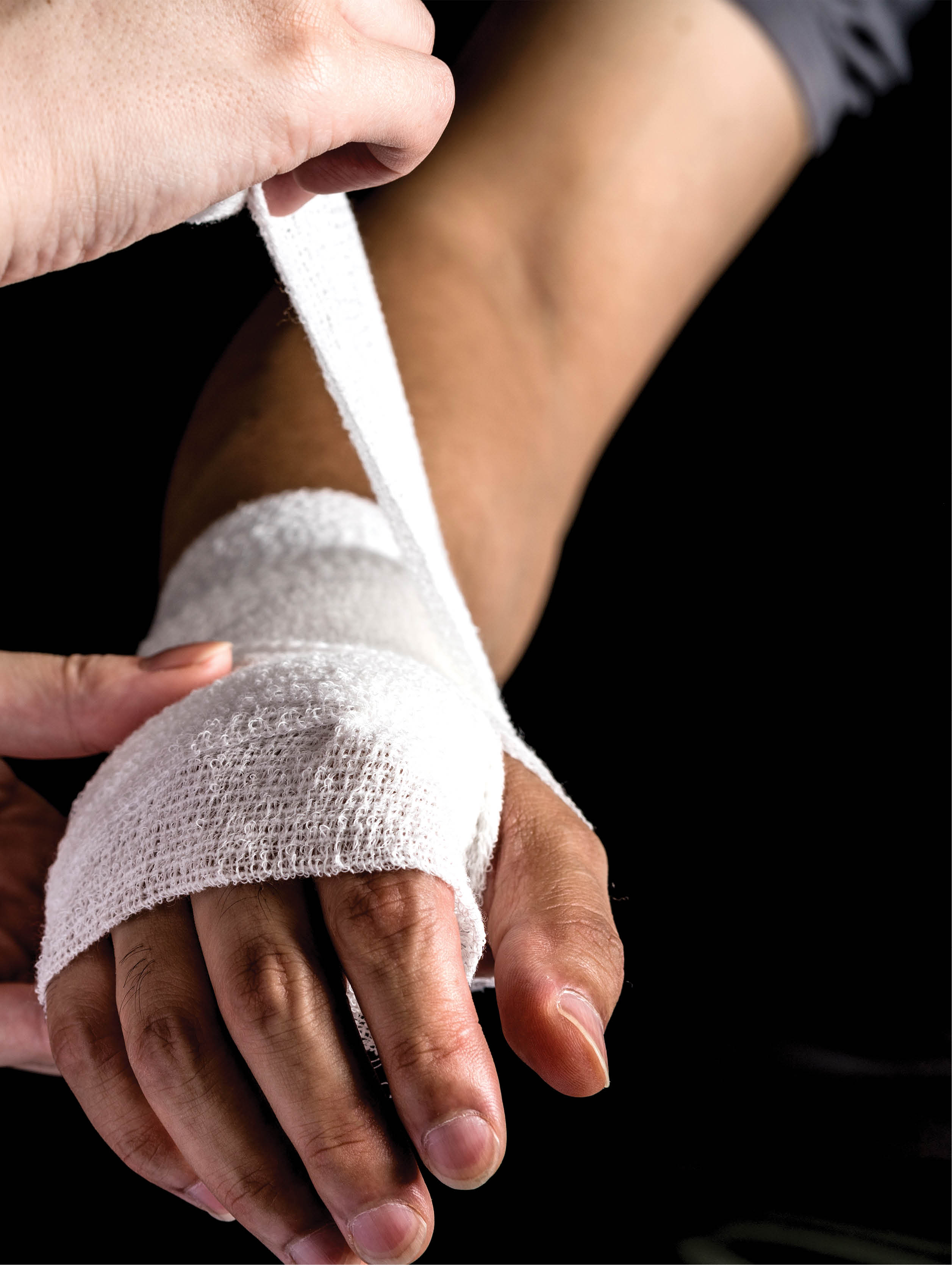More workplace injuries happen to hands than to any other body part except for the back. More than one million workers experience a serious hand injury in the workplace every year, according to the National Safety Council, and cuts, lacerations, and punctures—which often happen on the hands—are one of the top three types of injuries that keep laborers away from work.
Electrical professionals know all too well how important personal protective equipment (PPE) is to not only doing the job, but also maintaining safety standards. The PPE market is projected to reach $70 billion by 2024, according to a 2018 research report by Global Market Insights, Inc. The energy sector, along with construction, manufacturing, mechanical, mining, and chemical are all areas of growth for PPE usage.
“Increasing R&D spending on technological innovation in this sector may stimulate industry growth,” the report stated. “The effectiveness of PPE relies on workers following instructions and procedures correctly.”
The excellent news is that hand injuries are preventable. Consider that 70 percent of hand injuries occur because a worker wasn’t wearing gloves. With the right awareness, tools, and attention, you can help eliminate hand injuries on the job.
In 2016, the Occupational Safety and Health Administration (OSHA), American National Standard for Hand Protection (ANSHP), and EU standards all came together to create the ANSI/ISEA 105-2016 Hand Protection Classification. This standard clarifies the term “cut-resistance” to provide consistency in glove ratings, and classification levels were expanded to more closely model international standards, according to SafetyRequirement.org.
A 2018 research report by Global Market Insights, Inc. has estimated that the industrial safety gloves market will earn more than $9 billion in revenue by 2024. “Rising awareness about the workers’ wellbeing and the increasing number of occupational fatalities in the manufacturing sector will be the key impetus for the industrial safety gloves market penetration,” the report stated.
The most growth potential is expected in the specialized protective gloves sector for the electric, mining, construction, and earthmoving industries with an estimated compound annual growth rate of 5.5 percent from 2018 to 2024. Driving market demand is improved shock-proof benefits coupled with anti-vibration features.
SAFETY REMINDERS
Electrical professionals deal with dangerous working conditions daily. While they are experienced in practicing safety procedures, here is a reminder of daily things to consider that will increase hand safety.
Cuts, lacerations, and punctures. While using proper PPE is the last line of defense in safety, preventing cuts, lacerations, and punctures through using the right cutting tools is another layer of protection. Cutting tool blades now come in many different materials with safety and ergonomic features. Tools that are ergonomically-designed reduce hand fatigue and overuse injuries. A clean and clutter-free work area and using safe cutting practices will help in reducing injury. Always remember to wear a leather protector over a rubber insulating glove to provide protection from cuts, abrasions and punctures.
Smashes, crushes, and pinches. To avoid smashes, crushes, and pinches, stay mindful. (This is good advice for all safety issues.) Assess the work area for objects that could fall and stay alert to anything with a hinge. Remember to look overhead because falling objects can easily injure your hands or someone else’s. If you have to reach into a dark or hard-to-see space, use a flashlight. Never put your hand or fingers into a space until you can determine that it’s safe. Know where your hands are and what you’re touching or going to touch at all times.
Hazardous surfaces or substances. Many of the previous precautions apply here—especially being mindful and determining the safety of what you’re about to touch. If you know you could be exposed to harmful surfaces or substances, make sure to wear the appropriate gloves. It’s important to remember that gloves designed for cut resistance may not protect you from hazardous materials.
Gloves should fit well and be in good working order. That includes having them inspected periodically according to OSHA 29 Code of Federal Regulations (CFR) 1910.137(c)(2)(viii) and the referenced Table I-5. This will involve sending them to an accredited laboratory which you can find through North American Independent Laboratories for Protective Equipment Testing (NAIL for PET). An air test will also be required.
Make sure your gloves are classified for the right voltage. OSHA categorizes electrical safety gloves into six classes from Class 00 (with a maximum use voltage of 500 volts AC/proof tested to 2,500 volts AC and 10,000 volts DC) to Class 4 (with a maximum use voltage of 36,000 volts AC/proof tested to 40,000 volts AC and 70,000 volts DC).











Find Us on Socials